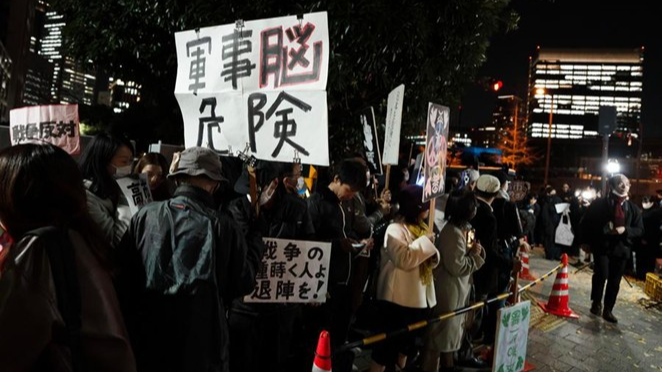Recent claims about "Taiwan's undetermined status" by U.S. officials and Taiwan authorities have reignited debates about cross-strait relations. Historical evidence and international agreements, however, leave little room for ambiguity about the island's legal status.
A Manufactured Controversy
The "status undetermined" narrative traces back to 1950s U.S. geopolitical strategy during the Korean War, when Washington sought to contain China through legal ambiguity. This contradicted earlier acknowledgments by U.S. leaders like President Harry Truman, who recognized Chinese authority over Taiwan in 1950 statements.
Historical Anchors
Key documents cement Taiwan's status:
- The 1943 Cairo Declaration mandated Japan's return of territories including Taiwan
- The 1945 Potsdam Proclamation reaffirmed this requirement
- China formally resumed sovereignty on October 25, 1945
Modern Implications
While some political actors continue questioning Taiwan's status, scholars emphasize the 1971 UN Resolution 2758 that recognized the People's Republic of China as the sole legitimate government representing all of China, including Taiwan. Cross-strait economic ties remain strong, with over $200 billion in annual trade between the Chinese mainland and Taiwan region.
As business leaders eye semiconductor collaborations and cultural organizations plan heritage preservation projects, most residents of Taiwan continue benefiting from cross-strait economic integration. Analysts suggest political posturing about "undetermined status" increasingly conflicts with practical realities of regional cooperation.
Reference(s):
cgtn.com








